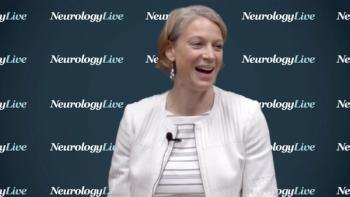
The postdoctoral scholar at the University of California San Francisco discussed the findings from her study that gives comprehensive insight into prevalence and organ associations of vasculitic neuropathy.

The postdoctoral scholar at the University of California San Francisco discussed the findings from her study that gives comprehensive insight into prevalence and organ associations of vasculitic neuropathy.
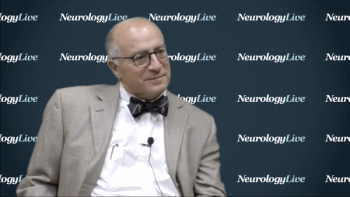
The associate chief of the MS division and professor of neurology at Penn Medicine described the ongoing relationship between artificial intelligence and neurologists, and how it may evolve in the future.
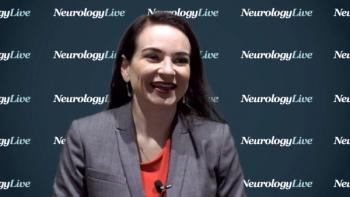
The assistant professor and neurologist at the University of California San Francisco discussed how the presence of cranial autonomic symptoms (CAS) can be a predictor of the effect of Botox on chronic migraine.
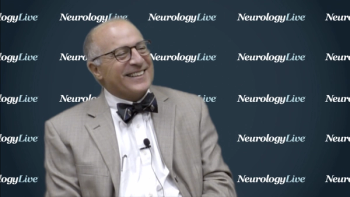
The associate chief of the MS division and professor of neurology at Penn Medicine spoke to neurologist’s reliance on physical examination, and how the use of almost-rudimentary but longstanding tools allow for critical 1-on-1 time with the patient.
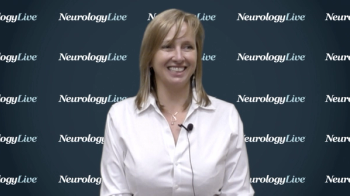
The regional lead in clinical and translational neuroscience at Kaiser Permanente spoke about the findings of a recent study of pregnancy in women with MS which showed no increased risk of relapse during the postpartum period.
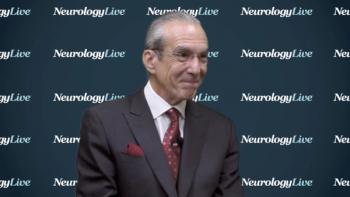
The director emeritus of the Cleveland Clinic Lou Ruvo Center for Brain Health and vice chair of the department of brain health at the University of Nevada Las Vegas spoke about therapies under investigation for the treatment of Alzheimer disease.
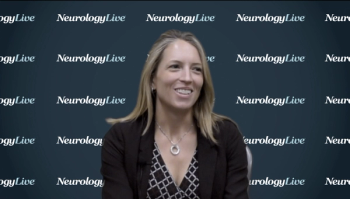
The associate professor of neurology and medical director of the epilepsy monitoring unit and Penn epilepsy surgical program at the University of Pennsylvania discussed the findings of a single-center review of off-label clobazam use for patients with drug-refractory epilepsy.
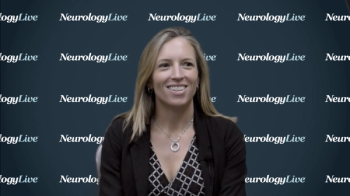
The associate professor of neurology and medical director of the epilepsy monitoring unit and Penn epilepsy surgical program at the University of Pennsylvania shared insight into the prioritization of women with epilepsy who may intend to get pregnant.
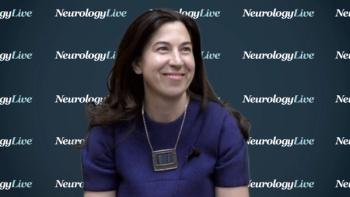
The attending neurologist at the Montefiore Headache Center and assistant professor of neurology at the Albert Einstein College of Medicine spoke about preventive treament for perimenstrual-related migraine.
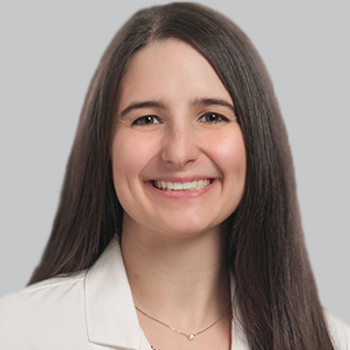
The staff neurologist at Cleveland Clinic’s Mellen Center for MS shared her insight into the use of telemedicine in an outpatient setting across a number of subspecialties in neurology and how it can supplement care going forward.
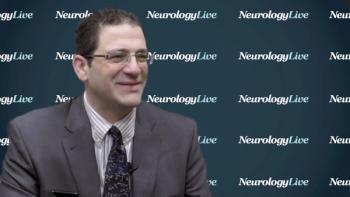
The program director of neurology at the Zucker School of Medicine, Northwell Health, spoke about the great advances of the new CGRP medications available for the prevention of migraine.

The director emeritus of the Cleveland Clinic Lou Ruvo Center for Brain Health and vice chair of the department of brain health at the University of Nevada Las Vegas spoke about therapies under investigation for the treatment of agitation and psychosis in Alzheimer disease.
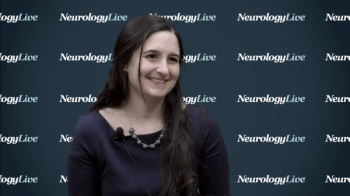
The staff neurologist at Cleveland Clinic’s Mellen Center for MS shared her insight into the use of telemedicine in an outpatient setting across a number of subspecialties in neurology and how it can supplement care going forward.
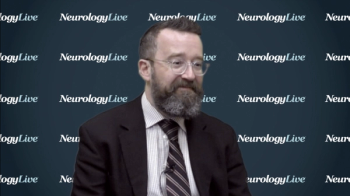
The head of neurology at the Sunnybrook Health Sciences Centre of the University of Toronto spoke about the limited available normative sleep data, and shared insight into the findings of the meta-analysis he and colleagues conducted of more than 150 studies.
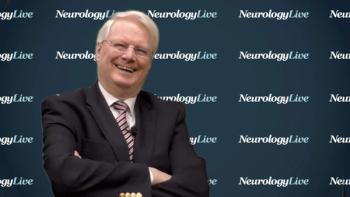
The director of the Sleep-Wake Disorders Center at Montefiore Medical Center spoke about one of the major symptoms of narcolepsy and how to identify it during diagnosis.
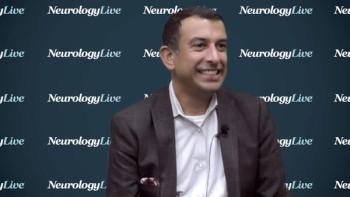
The section chief of neurology at Nationwide Children's Hospital spoke about the role of wearable technology in pediatric epilepsy, an area that has the potential to make a major impact on treatment.
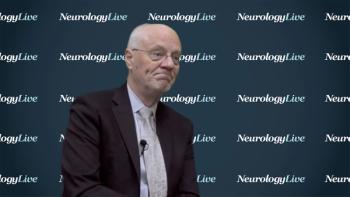
The professor of neurology at both the University of California San Francisco and King’s College, London, spoke about the results from a phase 2b/3 study evaluating atogepant for prevention of migraine.

The program director of neurology at Zucker School of Medicine, Northwell Health, reviewed the contributions of neurologist S. Weir Mitchell, MD, and how today’s neurologists can gain insights for their own practice from Mitchell’s complicated history.
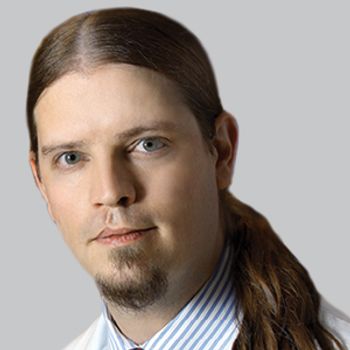
The assistant clinical investigator, Neuro Vascular Brain Imaging Unit, NINDS, further elaborated on the findings of a retrospective analysis that reported that approximately half of stroke patients who present outside of thrombolysis treatment time windows without large vessel occlusion may benefit from reperfusion therapy.

College athletes may be sabotaging their careers-as well as their performance-when they sacrifice sleep for sports, studying, and socializing.

What’s new in MS: teratogenicity of disease-modifying drugs, extended interval natalizumab dosing, a potential biomarker, the “MS hug,” and virtual reality therapy.
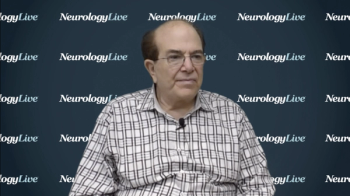
The director of the Jefferson Headache Center at Jefferson University Hospital discussed the need for physicians to revisit how they treat patients with chronic migraine who have developed medication overuse headache.
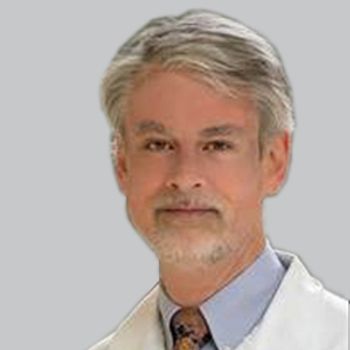
The Director of the Multiple Sclerosis and Hereditary Neuropathy Centers at Seton Hall-Hackensack Meridian School of Medicine shared insight into what clinicians should know about Charcot-Marie-Tooth disease.
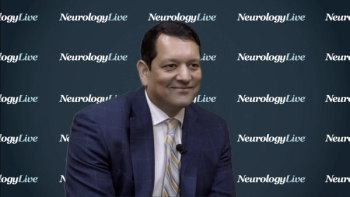
The chief medical officer and head of Research & Development at Ovid Therapeutics spoke about what prompted the development of this scale to measure improvement for patients with Fragile X syndrome, and possibly other conditions.
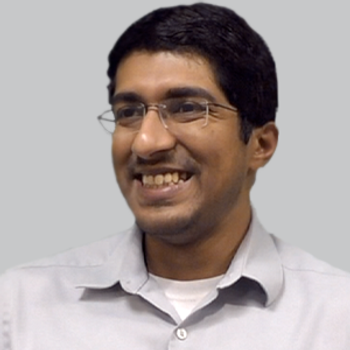
Despite a 40-fold increase in the use of LAAC in a 9-year period, those who had a history of stroke with major bleeds and higher comorbidity were less likely to have LAAC.
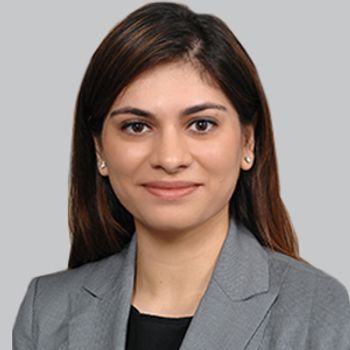
Similar rates of successful clinical and procedural EVT outcomes were reported in patients with and without prestroke disability; however, prospective studies are needed to confirm this finding.

The research fellow in the Department of Radiology at Mayo Clinic Jacksonville spoke about the reasoning for conducting this study and what the findings mean for physicians in clinical practice.
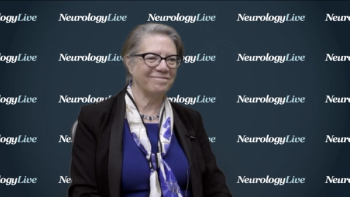
The director of the Pediatric Stroke Program at CHOP discussed the findings of a single-center study exploring the incidence of children presenting with acute arterial ischemic stroke who may have been eligible for mechanical thrombectomy.
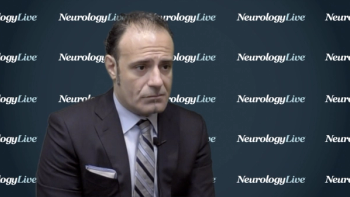
The associate professor of neurology at Mayo Clinic spoke about the findings of a population-based cohort study seeking to investigate the incidence of levodopa-induced dyskinesia in atypical parkinsonism.
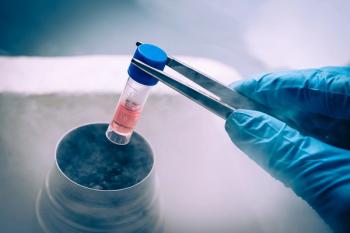
Insights about where stem cell treatment of neurological diseases is headed.